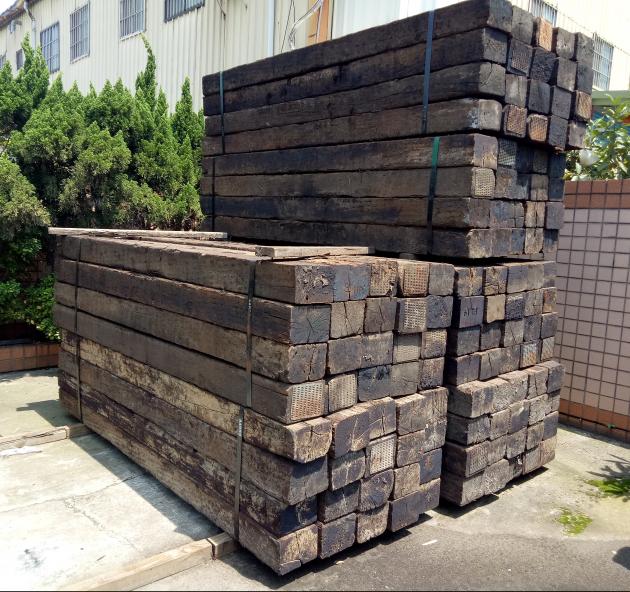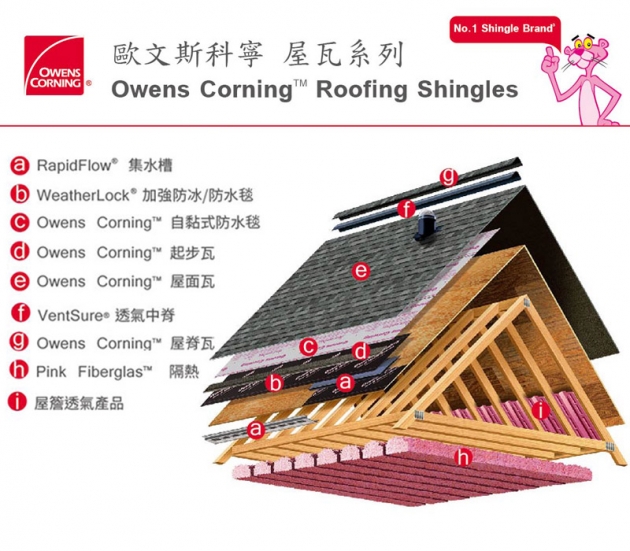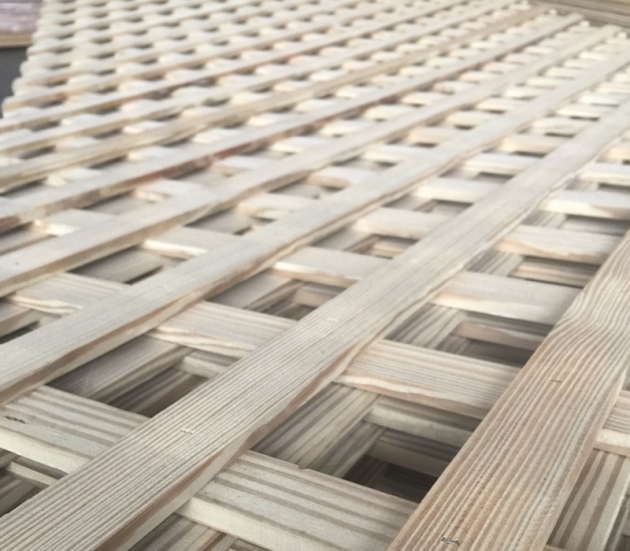
1 /
1
Railway Ties
Description:
Thickness x Width
• 150 x 200 mm (6" x 8")
Length
• 2440 mm
Grade
NO.1/ NO.2
-
Introduction to Railroad Ties:
Railroad ties, commonly laid along railway tracks, serve to prevent the rails from shifting dangerously as trains pass, thus ensuring stability during train operations. In the past, railways primarily used wooden ties, hence the term "sleeper."
In fact, "railroad tie" is a broad term that can refer to ties made of either hardwood or softwood, such as oak or cedar.
While other materials like concrete, steel, and composite materials can also be used for ties, wood remains popular due to its excellent elasticity, which helps dampen the impact of train forces. Additionally, wooden ties are easy to install, maintain, and transport, and offer better insulation properties when connected to steel rails.
Characteristics of Railroad Ties:
• Strong load-bearing capacity: Railroad ties can withstand the weight and vibration of trains, keeping the tracks stable and ensuring the safety and stability of railway transportation.
• High durability: Given their susceptibility to moisture and biological decay over the years, proper preservation treatment ensures high durability, allowing ties to withstand long-term use and environmental erosion, thus extending their lifespan.
• Reusability: Replaced ties can be reused for various purposes, including landscape projects, outdoor decking and walkways, and decorative installations.
Adventage of bestwood
-
Applications of Railroad Ties:
• Wooden boardwalks, decking
• Railways, outdoor garden landscaping, hiking trails
• Landscape design, decorative art
-
Railway Ties Specifications

-
Railway Ties CharacteristicIntroduction to Railroad Ties:
Railroad ties, commonly laid along railway tracks, serve to prevent the rails from shifting dangerously as trains pass, thus ensuring stability during train operations. In the past, railways primarily used wooden ties, hence the term "sleeper."
In fact, "railroad tie" is a broad term that can refer to ties made of either hardwood or softwood, such as oak or cedar.
While other materials like concrete, steel, and composite materials can also be used for ties, wood remains popular due to its excellent elasticity, which helps dampen the impact of train forces. Additionally, wooden ties are easy to install, maintain, and transport, and offer better insulation properties when connected to steel rails.
Characteristics of Railroad Ties:
• Strong load-bearing capacity: Railroad ties can withstand the weight and vibration of trains, keeping the tracks stable and ensuring the safety and stability of railway transportation.
• High durability: Given their susceptibility to moisture and biological decay over the years, proper preservation treatment ensures high durability, allowing ties to withstand long-term use and environmental erosion, thus extending their lifespan.
• Reusability: Replaced ties can be reused for various purposes, including landscape projects, outdoor decking and walkways, and decorative installations.
Adventage of bestwood
-
Railway Ties ApplicationsApplications of Railroad Ties:
• Wooden boardwalks, decking
• Railways, outdoor garden landscaping, hiking trails
• Landscape design, decorative art
-
Railway Ties SpecificationsRailway Ties Specifications

Related products





